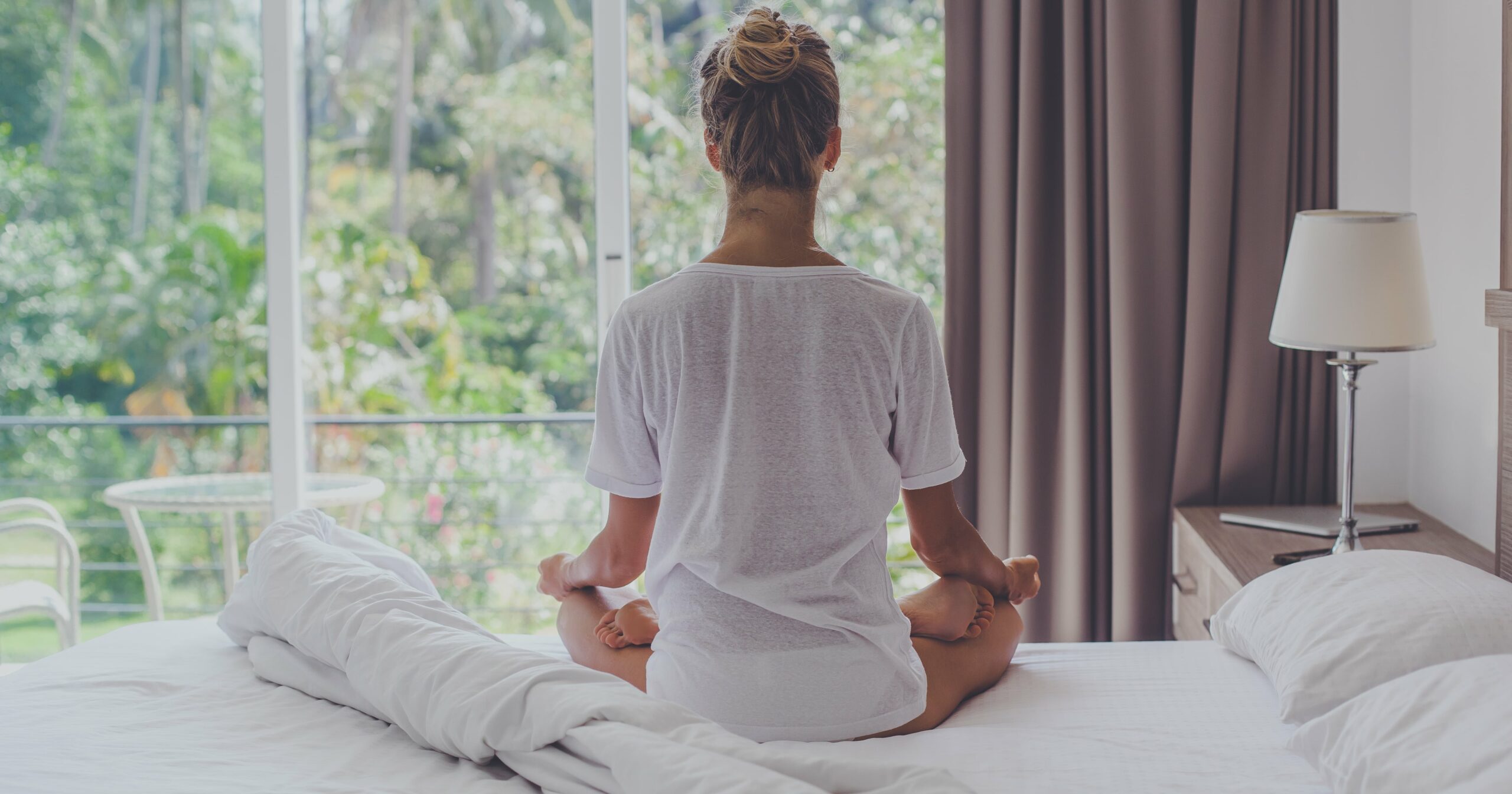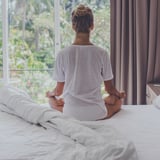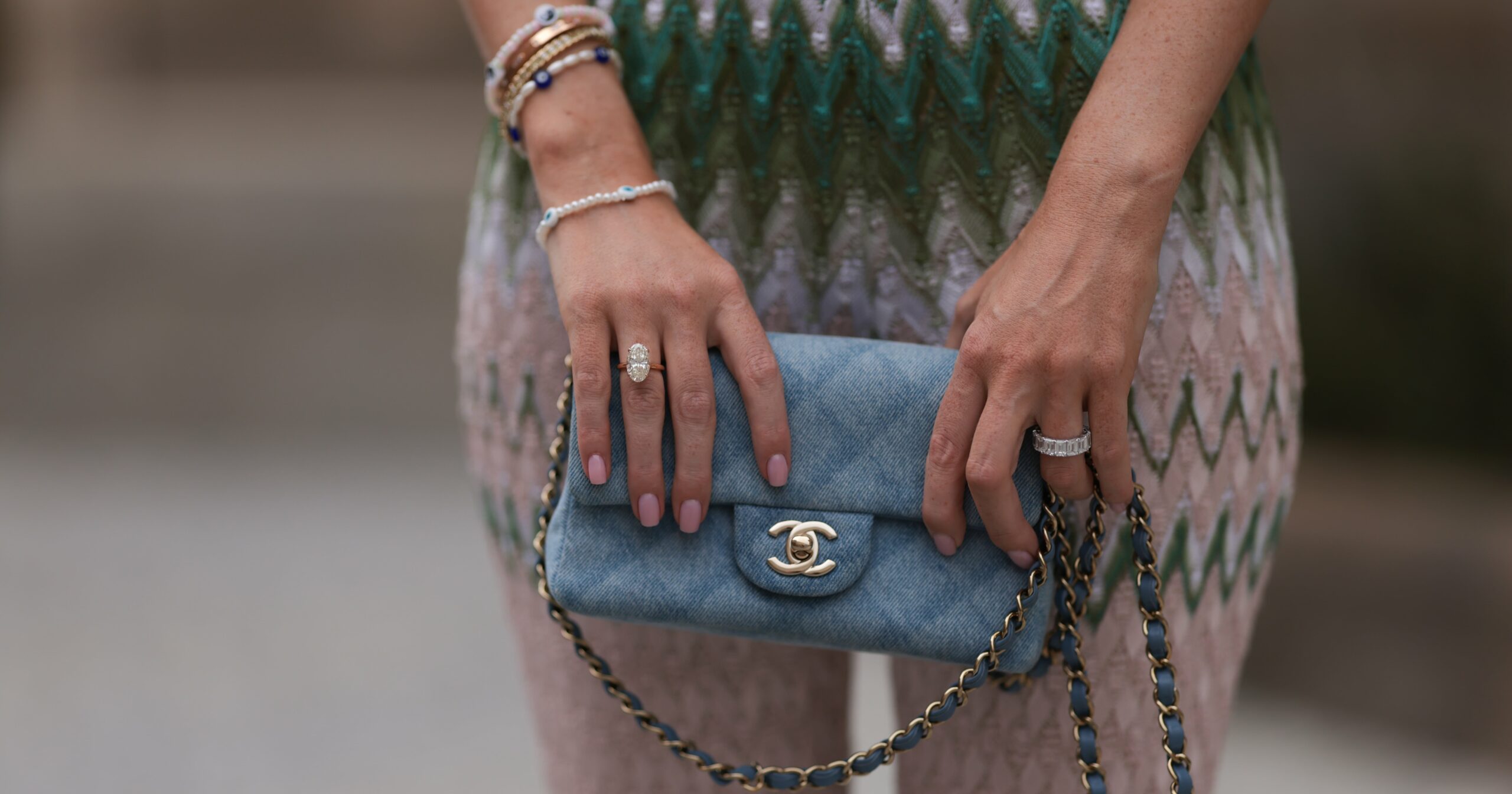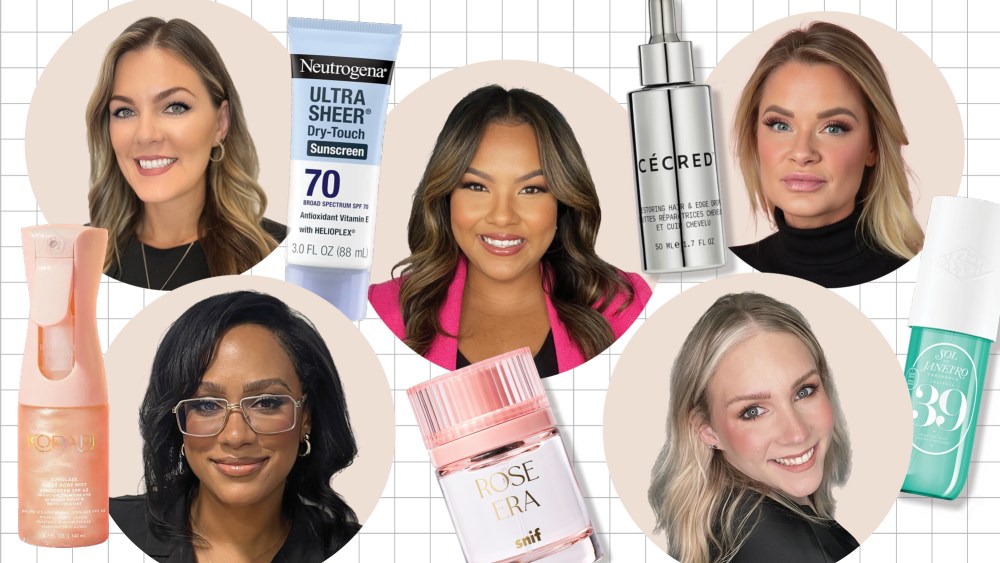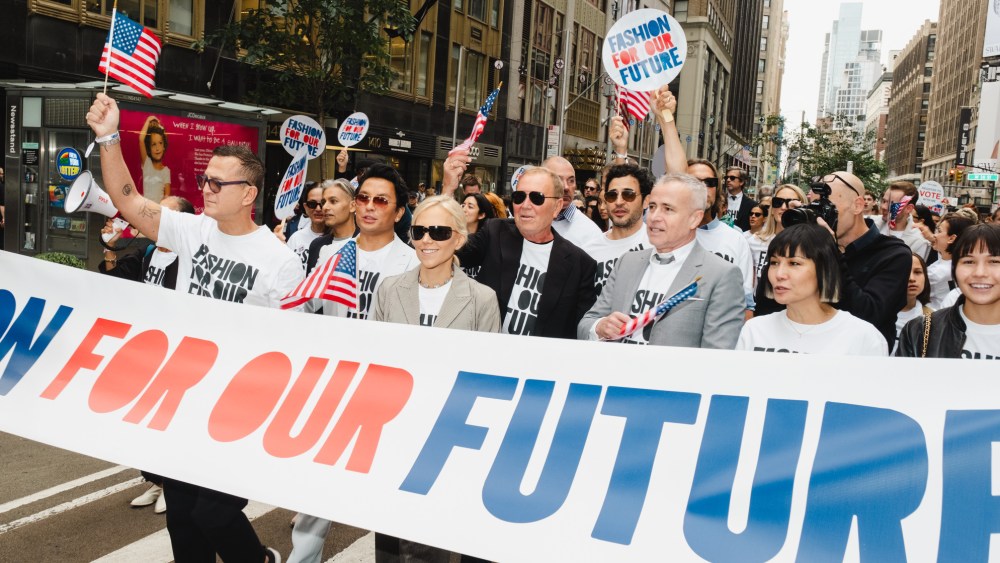For the past few months, I’ve been feeling a little . . . blah. As we emerge from the dark depths of winter, I’m ready to leave my bed rotting era behind and become a brand-new person – specifically, a brand-new person when it comes to my health. While I know the main things I need to stay on top of are sleep, exercise, and diet, I’ve been curious about the effects of biohacking for quite some time now. I’ve never actually tried to optimize my health and wellness to such an extent before, and in the name of self-improvement, I’ve decided to give it a go.
What is biohacking, exactly? While the trend may feel like a hobby taken up by mostly white, mostly affluent cis men – the former CEO of Twitter, Jack Dorsey, or Andrew Huberman, for example – it’s simpler than you think. “Biohacking is a DIY method of using science to modify and monitor physiologic responses with technology,” Nisha Chellam, MD, a provider at Parsley Health, tells PS.
It’s not just one thing, either. Biohacking can be almost anything that consists of manipulating your body and environment to improve your health, longevity, and performance. Some common examples include cold plunging, tracking sleep patterns, and buying and using expensive tech gadgets such as DNA tests or red light therapy devices.
My goal isn’t to radically change my genetic makeup or to try and live forever– I just want to feel better, healthier, and more energized as summer approaches. While Dr. Chellam warns that biohacking doesn’t often yield consistent results (everyone is different, after all) l decided to go through with my experiment to see if I could see a difference in just seven days.
And so, my week of biohacking began.
Biohack #1: Getting 9 to 10 hours of sleep a night
Humble brag incoming: I’m a fantastic sleeper. I fall asleep fairly quickly and stay asleep through the night. I usually feel rested when I wake up and ultimately enjoy my time spent in REM – I’ve even been known to nap every once in a while. But just because I’m good at sleeping doesn’t actually mean that the sleep I’m getting is good, too. I usually get about six to eight hours of sleep each night. But recently, a rumor was circulating TikTok that cis women allegedly need nine to 10 hours of sleep to function. While we couldn’t find any actual research to back up that claim (further proof that you shouldn’t believe everything you hear on the internet), the American Academy of Sleep Medicine recommends adults get between seven to nine hours a night, or closer to 10 if you’re recovering from sleep debt or not feeling well.
What I did: Since I’ve been feeling a little listless, I decided to aim for between nine and 10 hours a night to see if it helped perk me up.
What happened: I attempted to close my eyes by midnight every night with a wake up time of around 9:30 a.m. I’m not a morning person – you won’t catch me awake before 8 a.m. ever, if I can help it – so, at least for me, getting in some extra hours wasn’t too difficult. And I’m sorry to break it to you, but they’re right – getting enough sleep does actually make you feel better. I’ve always struggled with revenge bedtime procrastination and doomscrolling until 2 a.m., but consciously making the effort to get some shut eye in the name of journalism ended up actually working. While I still fell victim to the occasional late night, I’ve never slept more than I have this week – and I’ll definitely be keeping this biohack going.
Biohack #2: Infrared sauna
Unlike a traditional sauna, infrared saunas use infrared lamps to warm your body from the inside-out. Some of the purported benefits include better circulation, improved heart health, and muscle pain relief. Warning: Infrared saunas aren’t cheap, so unless you’re willing to shell out some cash this isn’t a biohack that can be easily accomplished. Luckily, I was able to secure three gifted infrared sauna sessions at Remedy Place, which would normally run you $100 each session.
Worth noting: a lot of these alleged benefits of infrared saunas still haven’t been studied well enough to be confirmed. But sitting in an infrared sauna still feels good – and doesn’t that count for something?
What I did: I went to three, 45-minute infrared sauna sessions during this week. To be honest, 45 minutes feels so long and the saunas got super hot – I had to hop in and out a few times during the sessions because I felt myself overheating.
What happened: To be totally candid, I’m not the biggest sauna fan. I don’t love being hot and sweaty and I’m not going to lie, I was a bit bored sitting in there. It did feel luxurious though. The infrared saunas at Remedy Place are private, meaning that I got to spend the 60 minutes alone with my own personal shower to rinse off afterwards. But will I keep this one up? Probably not.
Biohack #3: Cold therapy
It’s no secret that cold plunging is trending right now, but I had an eye on some different forms of cold therapy: cryotherapy and cold showers. Both have been found to have some benefits in exercise recovery, according to research in the European Journal of Applied Physiology and The Journal of Strength & Conditioning Research, respectively. Additionally, cold water swimming may improve mood, immunity, and even heart health, a study in the International Journal of Environmental Research and Public Health found – and it stands to reason other forms of cold therapy may have similar effects.
That said, I’m someone who likes my showers hotter than the center of the Earth, so this was indeed a challenge.
(Warning: There’s still a chance of hypothermia even if you’re taking cold showers in the comfort of your own home. Listen to your body and get out whenever you feel uncomfortable – even if it’s only after a few seconds.)
What I did: Because I don’t have the luxury of owning my own cold plunge, I settled for cold showers in the morning and one cryotherapy session at Remedy Place.
What happened: Nothing good, that’s for sure. I am not a morning girlie, and definitely not a cold shower girlie, so this particular wellness practice was not high on my list of fun things to do. To be fair, doing a cryo session was kind of fun – yes, it was absurdly cold, but it gave me quite the adrenaline rush and it was fun to challenge myself to stay in for the entire three and a half minutes. On the flip side, since I’m more of a mid-day or nighttime showerer, getting out of bed and into the cold water was my least favorite part of the week. I barely stayed in for longer than a couple of minutes before immediately wrapping myself in my bathrobe and getting back under my covers. If this works for you, congratulations – just know that I will never do it again!
Biohack #4: Nootropic supplements
I’m new to the world of nootropics, which are substances that have been claimed to improve brain performance and boost cognitive function. They’re mostly taken in the form of supplements. Dr. Chemellan says nootropics “include mushrooms like rishi, ginkgo biloba, bacopa, ginseng, caffeine, Kava, tea, and ashwagandha.” She adds that nootropics “have been known to improve attention, memory, learning, and executive functioning.”
But, she adds, not all nootropics have good, peer-reviewed research proving they have any effect at all. And the world of supplements is far from perfect. Supplements aren’t as strictly regulated by the FDA as drugs or food, and it’s not uncommon for third-party quality testing to reveal problems with supplements, from them containing a different amount of active ingredient than what’s listed (which recently happened with melatonin supplements) on the label to them containing heavy metals.
So, really, this is a biohack best tried out with the help of a doctor. You can ask your healthcare provider which ingredients, if any, are appropriate for you to take, and ask for doses and brands they recommend. You may also want to only take supplements that have been quality tested by a third party like USP.
What I did: Took nootropics from Thesis, a supplement brand that offers personalized mixes, every day for a week.
What happened: First off, I really appreciate that these are in pill form and not a powder that you pour into water or some other kind of liquid – for some reason, those don’t sit right with me. I took the Energy blend from Thesis every morning and definitely felt something, although I can’t quite put my finger on it and I’m not sure the effect is pronounced enough for me to consider it an essential part of my routine. The first day, though, I did take one of Thesis’s caffeinated supplements and found it hard to fall asleep at night so I switched to another non-caffeinated blend. Whether or not that was actually the supplement’s fault though is still unknown.
Biohack #5: Intermittent fasting
I was not looking forward to this one. I don’t play when it comes to my food intake – when I’m hungry, I eat, and that’s it. While I knew this particular practice probably wouldn’t last long, I did decide to give it a go one morning as an experiment to see how I felt about it.
What I did: Fasted between the hours of 8 p.m. at night to 12 p.m. the following afternoon.
What happened: I tried to do intermittent fasting for a couple of days, but to be honest I’m more into intuitive eating and listening to my body. While one day I was fine only eating between the hours of 12 p.m. and 8 p.m., the next day I found myself hungry for breakfast at 10 a.m. – so I listened to my body and made some eggs and toast.
According to Mayo Clinic, some research suggests that intermittent fasting reduces inflammation – but it has downsides too. A study in the journal Eating Behaviors, for instance, linked the method to disordered eating in young people. And research recently presented at an American Heart Association conference in Chicago involving more than 20,000 adults found that people who practiced the eating plan for several years were nearly twice as likely to die from heart disease than others.
Intermittent fasting can also be harmful to people who are underweight, have type 1 diabetes, or have a history of disordered eating, Michelle Loy, MD, an integrative medicine specialist at New York-Presbyterian/Weill Cornell Medical Center, previously told PS.
The bottom line: I’m happy I quit this one early, and don’t think I’d ever try it again.
Biohack #6: Breathwork
It might sound surprising, but the way we breathe can affect our wellbeing. And breathwork, which is made up of different breathing techniques, may help reduce stress, treat hypertension, and more, according to a 2020 review involving over 100 studies published in the journal Medicine. The review also noted that more research is needed to confirm the benefits of breathing exercises, but tbh, I’m willing to try anything to feel zen.
What I did: Each morning, I tried a different breathwork practice that I found on YouTube, like this one and this one. I also tried to work in the physiological sigh each time I felt myself becoming stressed or overwhelmed during the week, which is a series of two short inhales through the nose and one long exhale through the mouth.
What happened: A lot of breathing, that’s for sure. While it’s hard to quantify the results of breathwork, I do think that having something like this be part of my morning ritual is beneficial to my productivity and overall feeling like I’m ready to start the day.
What I Learned From Trying Biohacking
Although I may have failed at a few biohacking tasks, making a conscious effort to better myself for an entire week gave me more than any supplement or sauna ever could (the extra zzzs were good though, I’ll admit). This week has taught me that biohacking – at least, to me – is really just incorporating more wellness into my routine and prioritizing healthy habits. I’m not trying to morph myself into some superhuman or turn back my biological age to 18 or even live forever – I’m just trying to make what I’m currently doing even better.
I’d love to keep continuing on hacking my biology, but realistically a few of these will drop from my routine and become distant memories of a once-ambitious week of healthy living. Who knows, maybe I’ll try even more wellness hacks in the future – but for now, I’ll pat myself on the back for putting myself first.
Elizabeth Gulino is a freelance journalist who specializes in topics relating to wellness, sex, relationships, work, money, lifestyle, and more. She spent four and a half years at Refinery29 as a senior writer and has worked for House Beautiful, Complex, and The Hollywood Reporter.
